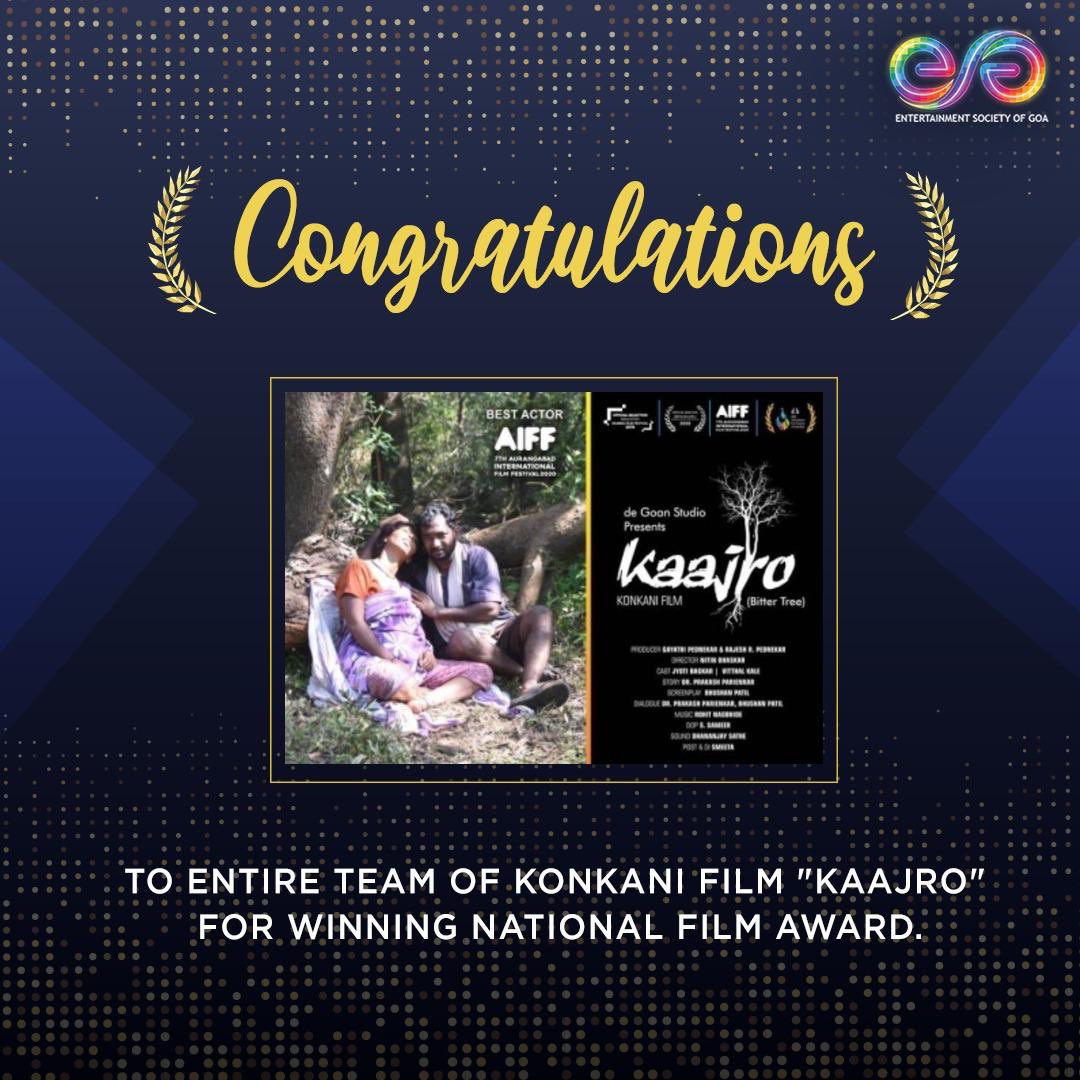

This was until the advent of cellulose acetate, a comparatively durable alternative. Many early nitrate films were destroyed when fires broke out in vaults, studios and even during projection. Before 1951, most films were shot on cellulose nitrate base, the same material from which gunpowder is made. Film is fragile in nature and with age, is susceptible to nitrate deterioration, colour fading and vinegar syndrome, a form of decay. Expensive film, which was tedious to preserve, was replaced by digital formats that lasted longer and were distinctly more affordable. In the 1990s, the advent of digital filmmaking allowed for tremendous possibilities as costs shrunk drastically. Even the first Telugu talkies Bhakta Prahlada (1932) and the first Kannada talkies Sati Sulochana (1934) have been removed from physical history. Also, most notably, nothing remains of the first Tamil silent film Keechaka Vadham (1918) or the first Tamil talkies Kalidasa (1931). In the silent era, the Madras film industry made 124 silent films and 38 documentaries, none of which have survived except Marthanda Verma (1931), the second silent film in Malayalam. And in a country that annually produces over 2000 films in 36 languages, the lack of effort extended towards preservation is appalling. In fact, more than 98 percent of our silent films have been destroyed, while the first talkies, Alam Ara (1931) has been missing from India’s archives. While Kalpana got a timely shot in the arm, most of our cinematic heritage prior to 1960s has dwindled. Four years and 4000 hours of intensive labour later, the film premiered at Cannes Classics in 2012.
WORLD WIDE KONKANI MOVIES ARCHIVE
In India, old films, like monuments, are given a heritage tag but left to rot,” says Dungarpur.įollowing his numerous trips to the National Film Archive in Pune, Kalpana made it to a lab in Bologna for restoration. “I had watched the film at a private screening and felt it would do a world of good to have it restored. When filmmaker Shivendra Singh Dungarpur learnt of WCF’s interest in Kalpana, he felt compelled to help out. But since Kalpana had a limited release even in India, it wasn’t easy to source the film. A fervent proponent of preserving films, he had even considered restoring it for the World Cinema Foundation (WCF), an outfit he established to support the restoration, preservation, and dissemination of neglected films around the world. Intrigued by the plot, Scorsese couldn’t resist watching the film and called it “a great work of hallucinatory, homemade expressionism”. Released in 1948, the film directed by and starring the dance maestro, narrated the story of a young dancer who aspired to set up his own academy. It is then that the noted sitarist had casually mentioned his brother Uday Shankar’s magnum opus Kalpana. Harrison was introduced to the finer nuances of the sitar by Shankar in the late sixties. In 2008, when noted filmmaker Martin Scorsese was researching for a documentary on The Beatles star George Harrison’s life, he met with Pandit Ravi Shankar.


 0 kommentar(er)
0 kommentar(er)
